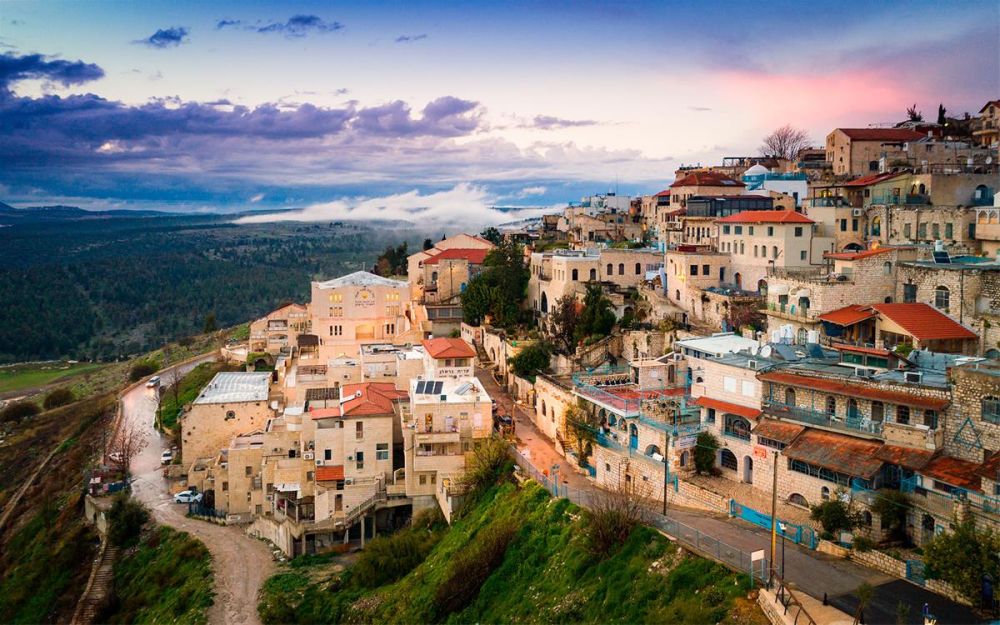

The history of tourism in Safed, also known as Tzfat, is as colorful and layered as the city's storied past. Renowned for its ethereal beauty, mystical traditions, and artistic communities, Safed has long been a magnet for spiritual seekers, history enthusiasts, and culture aficionates alike. This northern Israeli town, perched at an elevation of 900 meters, boasts a history that spans centuries, and has been a focal point for Jewish spirituality and Kabbalah since the Middle Ages.
The city's origins as a tourist destination can be traced back to its establishment as a center for Jewish mysticism in the 16th century. The influx of Jewish mystics, or Kabbalists, led by renowned figures such as Rabbi Isaac Luria, also known as the Ari, transformed Safed into a spiritual nucleus, attracting pilgrims and students eager to immerse themselves in its esoteric teachings.
The graves of sages and holy men, including the Ari, Rabbi Joseph Caro, and Rabbi Shlomo Alkabetz, became, and remain, sites of pilgrimage. The presence of these historic figures endowed Safed with an aura of sanctity, drawing even more visitors to its narrow, cobbled laneways and stone houses to seek spiritual enlightenment.
In the wake of the devastating earthquakes of the 18th and 19th centuries, Safed was rebuilt and revitalized. The Ottoman period and British Mandate saw further development of the city, and the establishment of Israel in 1948 reaffirmed Safed's status as a notable destination for both domestic and international visitors. Efforts to preserve the old city's integrity and promote its rich history have been paramount in the evolution of Safed as a heritage tourism site.
The 1950s brought a new dimension to Safed's appeal with the establishment of the Artists' Quarter. Artists and craftsmakers were drawn to the city's serene and inspiring atmosphere, setting up studios and galleries that would become an added attraction for tourists. The annual Safed Klezmer Festival, which celebrates Jewish soul music, and the Tzfat International Festival of Jewish Art, further amplify the city's allure for cultural tourism.
In recent years, Safed has embraced the latest tourism trends by offering a blend of historic, cultural, and spiritual experiences, aligned with contemporary requirements for convenience and accessibility. Boutique hotels, enriching workshops on Kabbalah and Jewish thought, and interactive art experiences have been integrated seamlessly into the city's ancient aura.
Adventurous visitors can explore the surrounding Galilee region with its natural reserves and hiking trails, while those seeking relaxation can enjoy the serenity that Safed exudes.
The city, still revered as a Kabbalistic hub, also attracts those interested in health and wellness tourism, with retreats and programs dedicated to holistic practices and well-being, tying into the evolving concept of spiritual tourism.
In sum, Safed's tapestry of historical legacy, spiritual depth, and artistic vibrancy continues to attract a diverse array of visitors, making it an ever-evolving treasure trove of experiences that interweave the antiquity with the pulse of modern tourism.